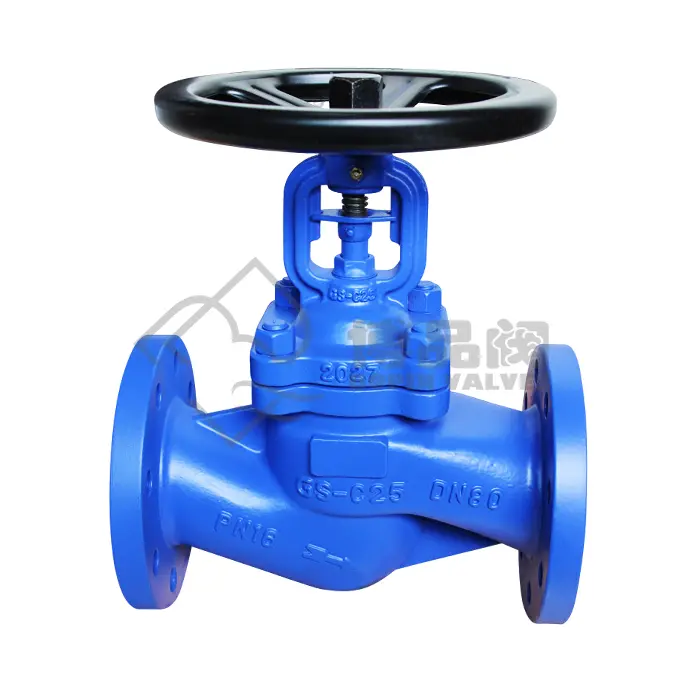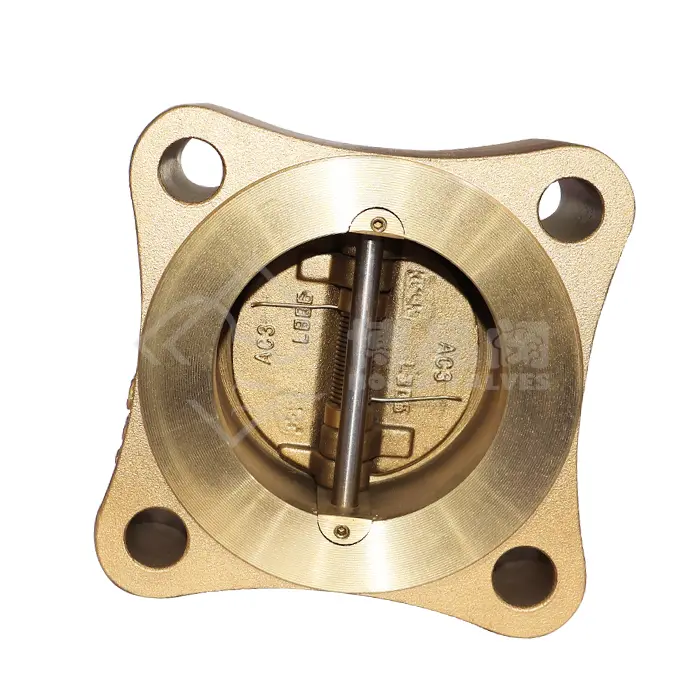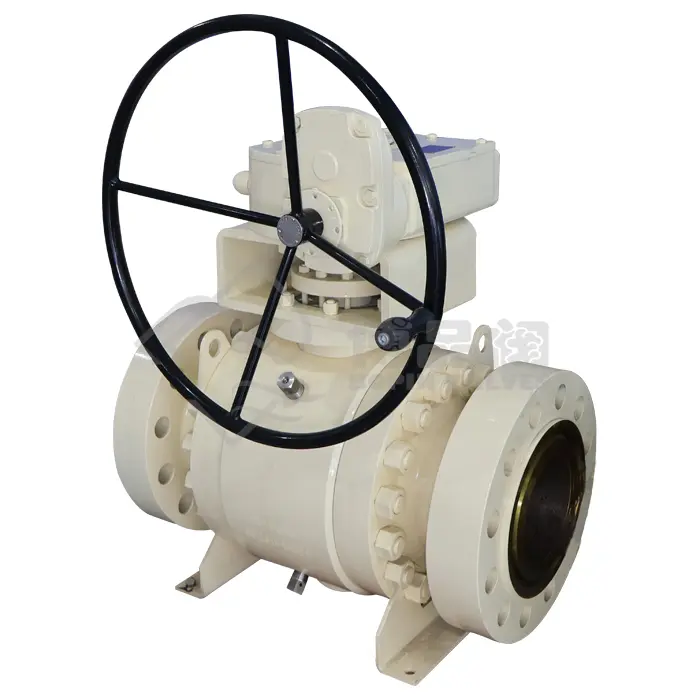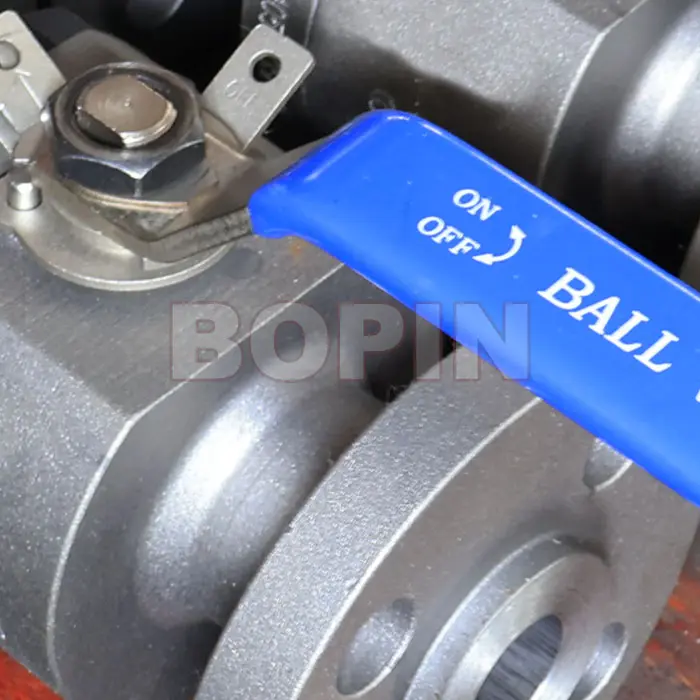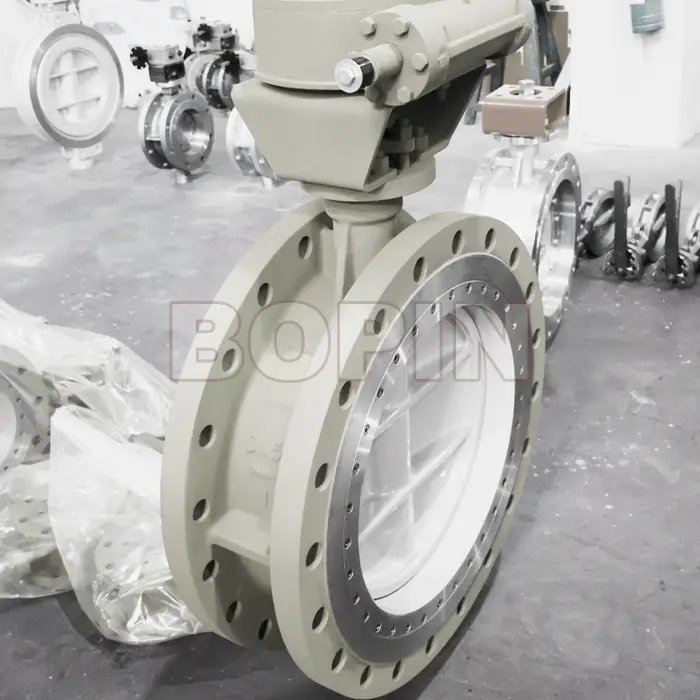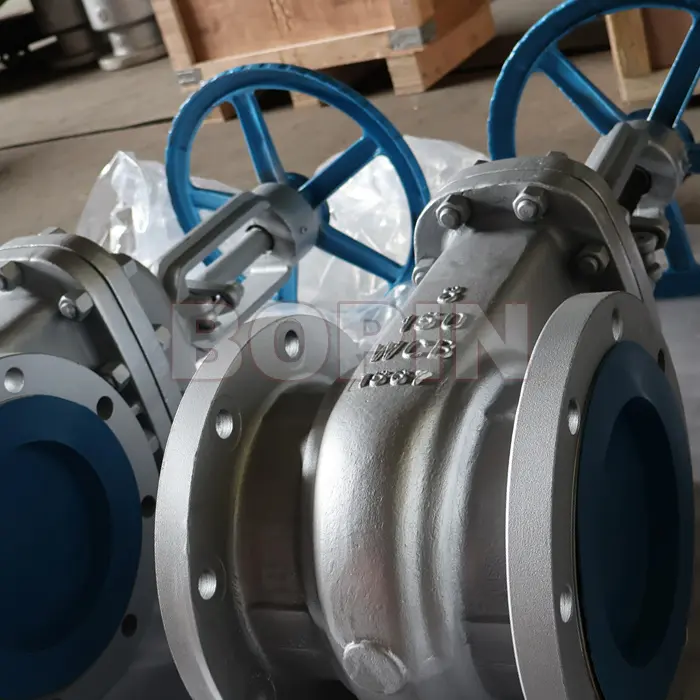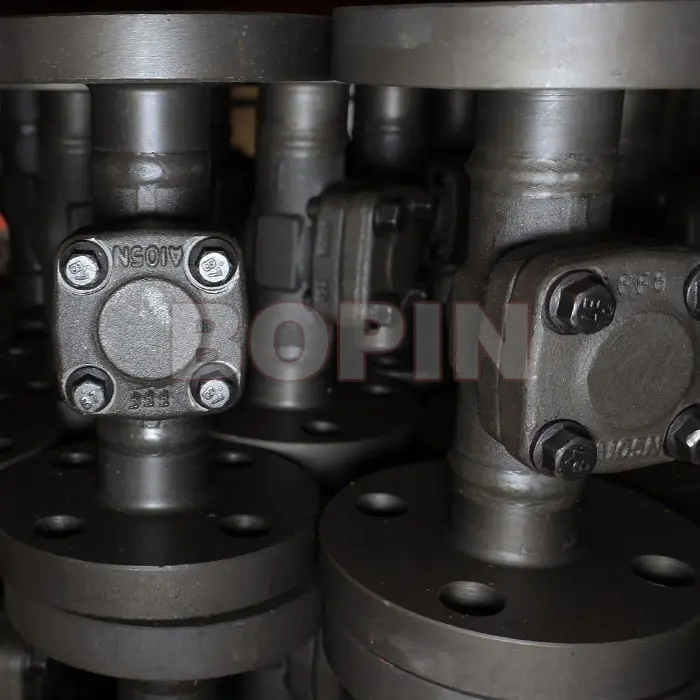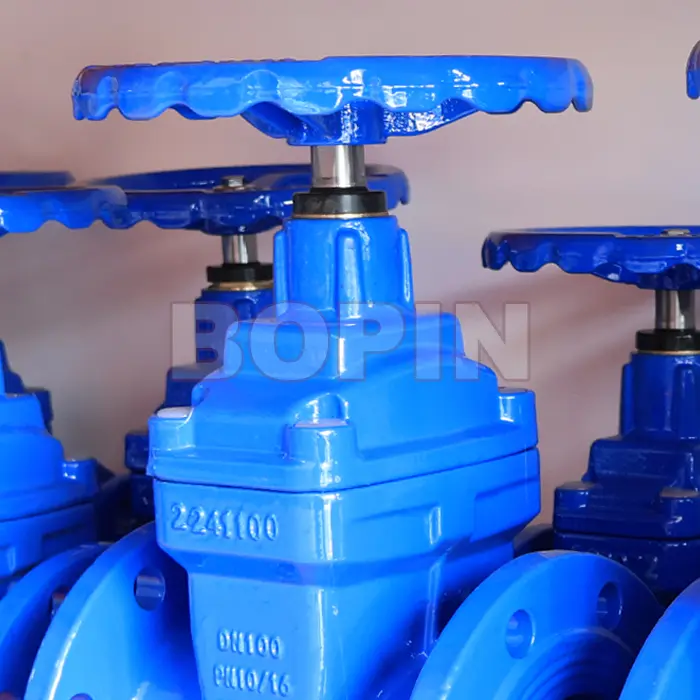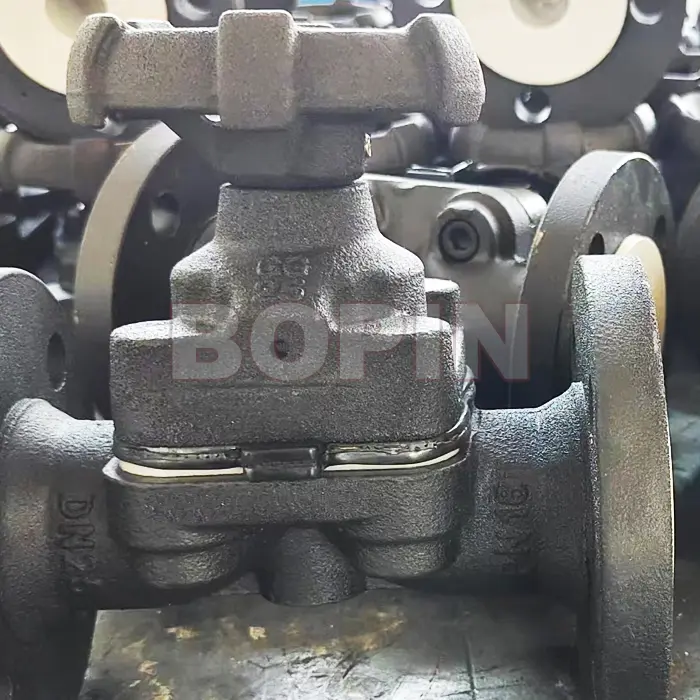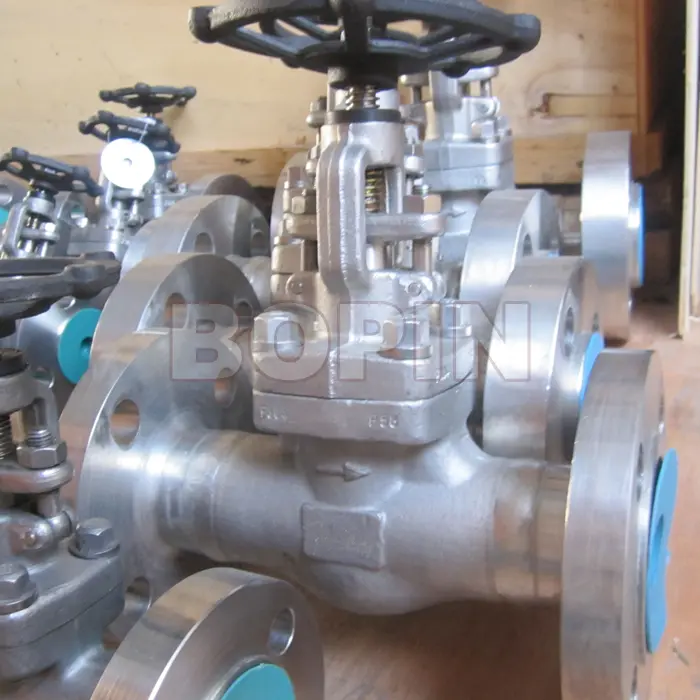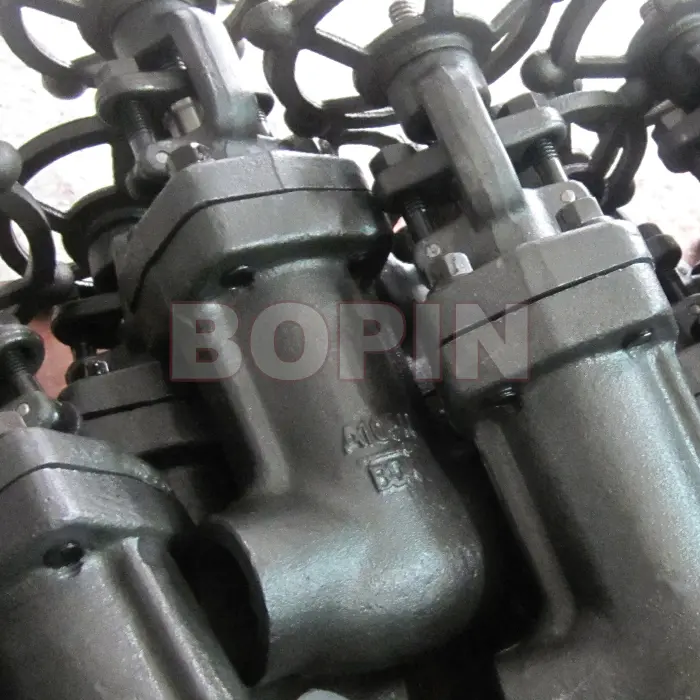Forged Steel Ball Valve
Among the numerous types of ball valves, the 2-PC flanged blackened forged steel ball valve stands out due to its unique design, material properties, and applications. This article explores the features, benefits, and uses of 2-PC flanged blackened forged steel ball valves, offering insights into why they are favored in various industries.
Flanged Triple Offset Butterfly Valve
A Flanged Triple Offset Butterfly Valve is a specialized valve commonly used in various industrial applications, especially where tight shut-off and high-performance sealing are crucial. This type of valve is an advanced version of the standard butterfly valve, offering greater durability and more precise control over the flow of liquids, gases, and other substances through pipelines. The "triple offset" design enhances the valve’s sealing ability and extends its service life compared to conventional valves. Let’s dive into a detailed discussion of the Flanged Triple Offset Butterfly Valve, focusing on its design, working principle, benefits, applications, and considerations for installation and maintenance.
Cast Steel API 600 Gate Valve
The Cast Steel API 600 Gate Valve is a type of gate valve specifically designed for high-performance applications in various industrial sectors, particularly in the oil, gas, and petrochemical industries. The API 600 standard, developed by the American Petroleum Institute (API), sets the specifications for gate valves used in pipeline systems, ensuring that these valves meet the necessary standards for performance, durability, and safety. The Cast Steel API 600 Gate Valve is an essential valve for controlling the flow of fluids in high-pressure environments. In this article, we will explore the key features, construction, applications, and benefits of the Cast Steel API 600 Gate Valve, providing an in-depth understanding of its importance in modern industrial operations.
Lift Type Forged Steel Check Valve
Forged steel lift type check valves are essential in high-pressure and high-temperature systems requiring reliable backflow prevention. Their robust design, automatic operation, and resistance to extreme conditions make them ideal for critical applications across various industries. Proper selection, installation, and maintenance ensure their long-term efficiency, minimizing downtime and enhancing system reliability.
Cast Iron GGG50 DIN 3352 F4 F5 & BS 5163 Resilient Seated Gate Valves
A resilient seated gate valve is a type of valve commonly used in water distribution and wastewater systems to control the flow of water or other fluids. The primary feature of this valve is its resilient seat, which is typically made of elastomeric materials like rubber or synthetic compounds, designed to provide a tight, leak-free seal when the valve is closed. The valve consists of a gate (or wedge) that moves up and down within the valve body. When the gate is raised, it allows fluid to pass through the valve, and when it is lowered, the gate seals against the resilient seat to block the flow. The resilient seat ensures a superior sealing performance, especially in situations where there may be irregularities in the valve body or the gate. Resilient seated gate valves are known for their durability, ease of operation, and low maintenance. They are typically operated manually using a handwheel or automatically in more complex systems.
PFA LINED DIAPHRAGM VALVE
The structural form of diaphragm valve is very different from that of general valves. It is a new type of valve and a special form of shut-off valve. Its opening and closing member is a diaphragm made of soft material, which separates the valve body cavity from the valve cover cavity and driving components.
Forged Steel Globe Valves
A forged steel globe valve is a type of valve that is widely used in fluid control systems to regulate, throttle, or isolate the flow of liquids or gases. Unlike gate valves that are used for on/off flow control, globe valves are designed specifically for throttling and precise flow regulation. The "forged steel" refers to the manufacturing process, where steel is heated and shaped under high pressure to create the valve components, offering improved strength and durability compared to cast valves.
Forged Steel Bellows Sealed Globe Valve
Forged steel bellows-sealed valves are ideal for high-performance applications that require high strength, resistance to pressure, temperature, and corrosion, along with long-term reliability. The forging process enhances the material properties of the valve body and bellows, making it a superior choice for industries that require leak-tight, durable, and efficient valve solutions. Bellows globe valves can be classified according to the material used in their construction.







